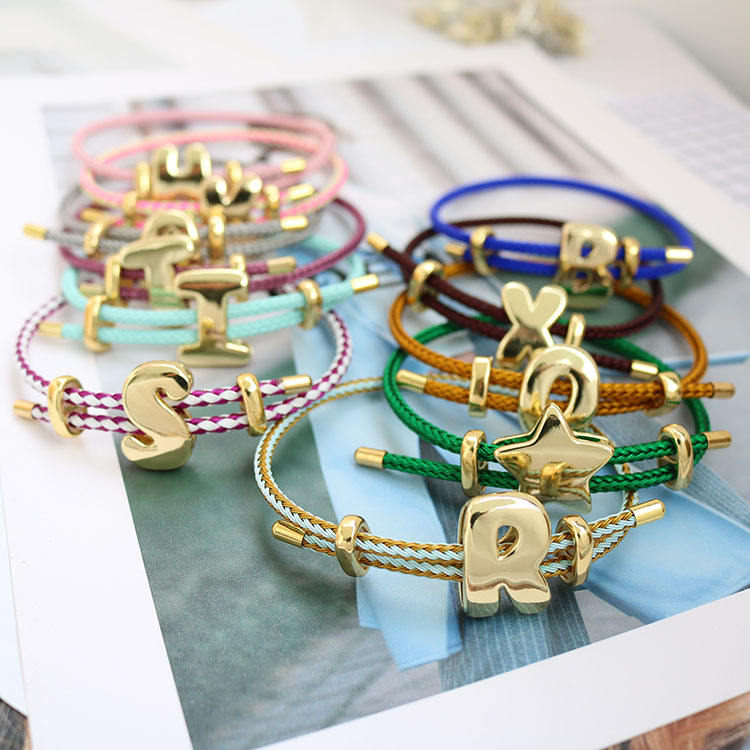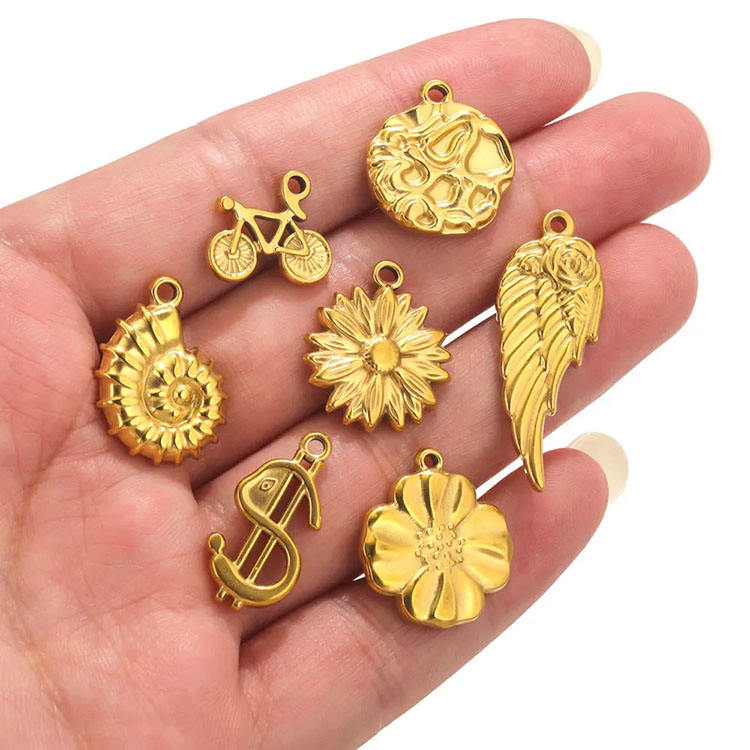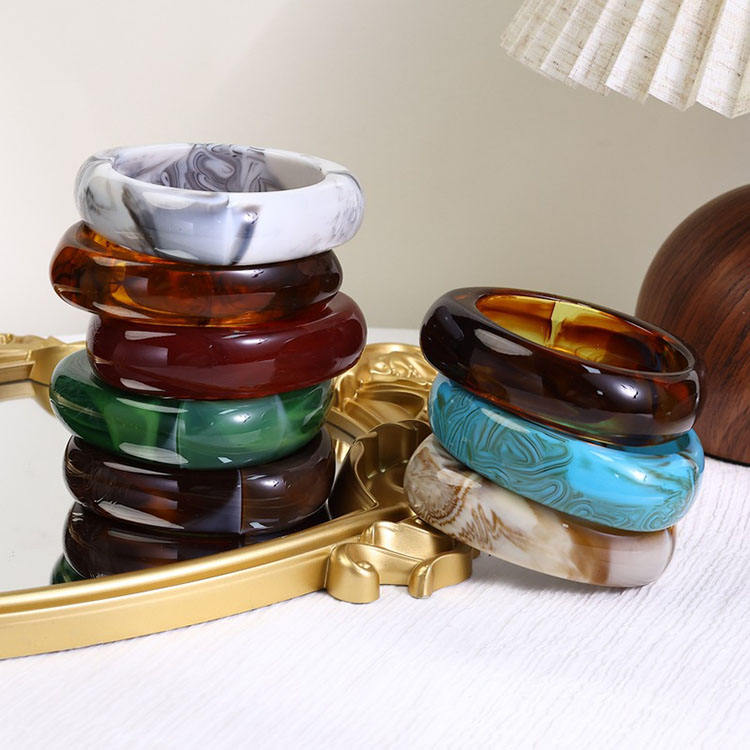Does Enamel Jewelry Hold Timeless Appeal Through Colorful Techniques?
Enamel jewelry has adorned wrists, necks, and fingers for over 3,000 years—from ancient Egyptian amulets to Art Nouveau brooches and modern minimalist earrings. Yet in an era where trends fade as quickly as viral reels, can its colorful craftsmanship truly secure a timeless place in fashion? Let’s break down the elements that make enamel’s allure enduring.
1. Ancient Craftsmanship That Transcends Eras
Enamel’s timelessness starts with its deep historical roots, which add layers of meaning beyond mere adornment. Ancient Mesopotamian artisans (circa 1500 BCE) first used champlevé—a technique where metal is carved to create recesses, filled with colored enamel powder, and fired—to decorate royal artifacts. Later, Byzantine craftsmen perfected cloisonné, using thin metal wires to form tiny “compartments” for vibrant hues, resulting in pieces that still fetch high prices at auction today.
What makes this history relevant now? Modern designers often draw direct inspiration from these ancient methods. For example, contemporary brand Mejuri released a cloisonné earring collection in 2024, pairing traditional blue and gold palettes with sleek, geometric shapes. This blend of old and new proves enamel’s ability to bridge centuries, making it feel both nostalgic and fresh.
2. Color That Outlasts Trends (and Time)
Unlike dyed fabrics or plated metals that fade with wear, well-crafted enamel retains its vibrancy for decades—even generations. The secret lies in its creation: enamel is powdered glass fused to a metal base (usually copper, silver, or gold) at temperatures between 750–850°C. This high-heat process forms a non-porous, glass-like surface that resists scratches, tarnish, and UV damage.
Consider a mid-century modern enamel bracelet: its reds, greens, and yellows will stay as bold as they were in the 1950s, while a silver necklace from the same era might show signs of tarnish. This durability turns enamel pieces into heirlooms—passed down from mother to daughter, each scratch telling a story without dulling the color. For consumers seeking sustainable, long-lasting jewelry, this is a major advantage over fast-fashion accessories.
3. Adaptability to Modern Tastes
Timelessness doesn’t mean stagnation—and enamel excels at evolving with contemporary style. While traditional enamel often featured intricate patterns (think Victorian floral cloisonné), modern designers are reimagining it for today’s aesthetics:
-
Minimalism: Brands like Pandora use single-tone enamel (soft pastels or matte blacks) on simple pendants, appealing to those who prefer understated elegance.
-
Bold Contrasts: Streetwear-influenced lines, such as Alex and Ani, pair neon enamel with mixed metals for edgy, everyday pieces.
-
Customization: Artisans on platforms like Etsy now offer hand-painted enamel jewelry, letting customers turn personal symbols (like a child’s drawing or a favorite quote) into wearable art.
This flexibility means enamel never feels “dated”—it can complement a vintage dress, a business suit, or a casual jeans-and-tee look equally well.
4. Emotional Resonance Beyond Fashion
Enamel’s colorful techniques also create an emotional connection that transcends trends. Each piece is a small work of art: a plique-à-jour (translucent enamel) pendant mimics stained glass, evoking feelings of wonder; a hand-drawn enamel charm might represent a vacation, a hobby, or a loved one. Unlike mass-produced metal jewelry, enamel pieces carry the artisan’s touch—each brushstroke or wire placement is unique.
Enamel’s ability to blend color, craft, and personal story directly addresses this demand, turning it from a fashion item into a timeless keepsake.
In short, enamel jewelry’s timeless appeal isn’t just about its colors—it’s about how those colors are crafted, preserved, and reimagined. Its ancient techniques ground it in history, its durable color keeps it relevant for decades, its adaptability fits modern tastes, and its artistic soul creates emotional lasting power. For anyone seeking jewelry that won’t fade with the next trend, enamel proves that colorful craftsmanship is always in style.









